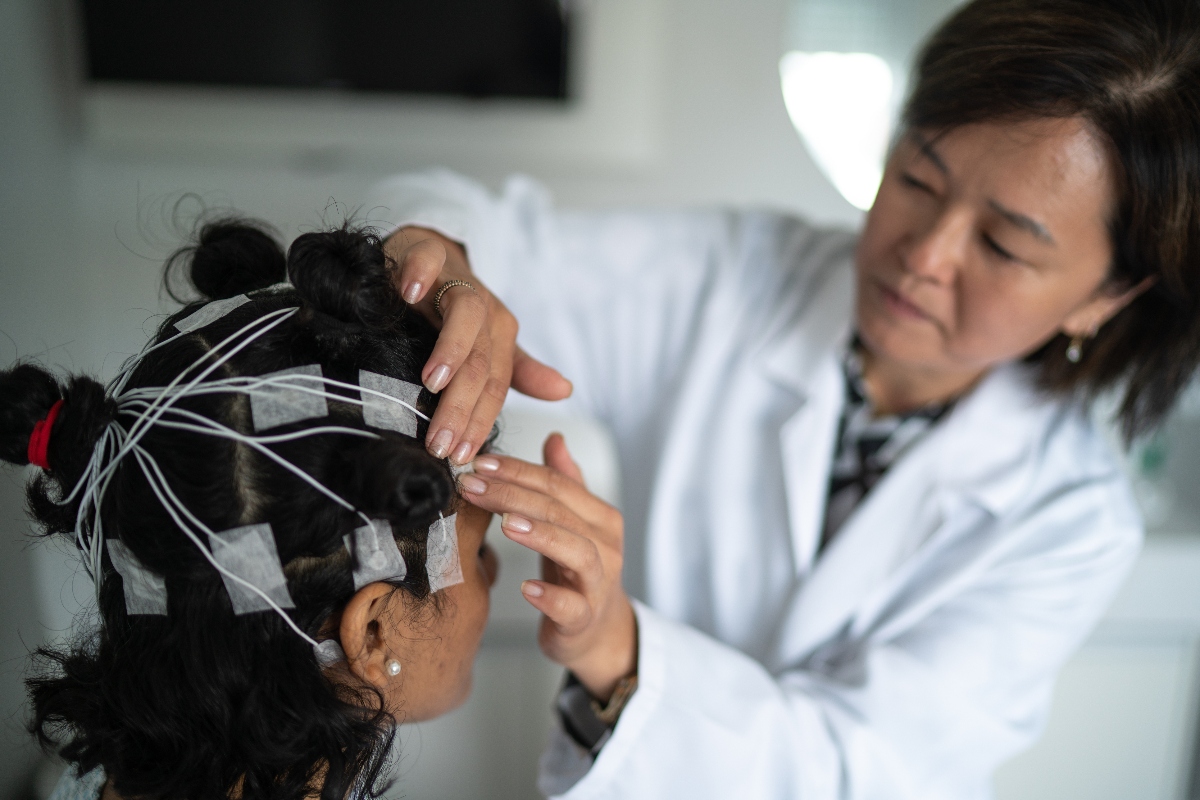
How to secure full enrollment and a 30x ROI: A conversation with the CEO of the boutique enrollment agency doing just that
KEY TAKEAWAYS:
- CEO Bryan Manning of boutique enrollment agency Clinical Enrollment has met or exceeded recruitment milestones since the company’s inception.
- In a Q&A, Manning explains how his company secured 3 of the global leaders in pharma onto its client roster and expanded into new treatment areas, all while excelling in diversity recruitment.
- Manning outlines the 5 essential elements of his business model to which he attributes Clinical Enrollment’s success-driven results.
- The Forbes “30 Under 30”-recognized CEO talks about the biggest mistake that sponsors need to look out for in 2025.
The surest sign that a company’s business model is excelling is when others study it to replicate its success. Such is the case with up and coming boutique enrollment agency Clinical Enrollment (CE), whose stratospheric rise in 2024 is worthy of the “How I Built This”-esque attention it has received, as well as piquing the curiosity of its peers. If landing three of the world’s leading pharma sponsors onto their client roster in 2024, offering a success-based pricing model, and expanding into new treatment areas like oncology, neurology, ophthalmology and dermatology wasn’t enough to elicit awe from a notoriously stoic biotech industry, then the relatively young age of the agency (launched in 2022) is. Still, for Forbes “30 Under 30” list-earning Founder and CEO Bryan Manning, there’s nothing curious about the success of the company he launched in his hometown of Charlottesville, VA — except why everyone else isn’t doing it, too.
Q: From what I understand of your business approach, you make a lot of bold statements. Can you back them up?
BM: (laughing) In our vision, purely looking at the data, we think it’s really simple. There are currently 4x more clinical trials recruiting than there were in 2019, but from a patient pool whose size hasn’t grown along with it. In a world where 84% of interventional clinical trials are missing milestones by at least a month, and because of what we call the RFP “overpromise gap” that sits somewhere around 47%, we realized that you just can’t rely on 10-year-old databases to find patients, because best case scenario you’ll get 25% of people you need. These patients are out there living lives on social media, looking for community, and engaging with what interests them. So why wouldn’t we go to where they are, instead of expecting them to come to us? This is why we’ve been able to remain in high demand, because we’re working within the landscape that is, not what was.

Q: That all makes sense. But then, why share this information so your competitors can see it? Wouldn’t it be better to have a “keep your eyes on your own paper” approach?
BM: Because ultimately sharing it improves people’s lives. As a patient with an orphan condition myself, it’s a travesty that drugs fail because clinical trials can’t find the right people. In the trials that we work on that are the most successful, a collective alignment around them is what makes them work. The goal for everyone involved isn’t just to run the trial, the goal is to complete the trial. That’s what gets meaningful treatments over the finish line to hopefully help people, but also for Clinical Enrollment on a more micro level, we’re only paid on enrollments. We need to get signed Informed Consent Forms and patients into seats, or else we’re working for free. That’s highly motivating! And if we can get all of the sites, sponsors, and stakeholders aligned to have the same get-it-over-the-finish-line mentality, that’s when magic happens.

All of the news, delivered with full-text to your inbox. For professionals discovering, developing, and marketing biopharmaceutical drugs.
Q: I’m sorry, say that again — you’re only paid on enrollments?
BM: Correct. But frankly, we’re not even paid on most of our other successes at all. Things like significantly decreasing screen fail rates, increasing enrollment speed by around 440% — even having an unheard of diversity recruitment rate of close to 30% that’s actually in line with the new FDA guidelines. It’s fine with us, though, because it isn’t just Clinical Enrollment’s success. We view it as a full trial success.
Q: So you find these patients, then what? What happens next?
BM: We speak to them in a way that makes them feel seen, informed, and mirrors how people actually behave — both online, and in real life. It’s emotion-driven, hopeful messaging that encourages patients to know their options, while not overwhelming them with sterile, overly technical language. And then on the other side of the process, we even make our stakeholders feel seen. We have a dedicated clinical site relations department who also makes sure the sites feel supported. We know them well enough to know when members of their team are on vacation so that we can slow referrals during that time and not overwhelm them. We understand our sponsors’ needs, like when they need us to tighten screening to reduce screen fail rates, accelerate ad spends to meet deadlines, etc. We tailor ourselves to your needs, which is the core tenet of everything we do.
Q: Are there specific treatment areas Clinical Enrollment specializes in?
BM: We’ve worked in a lot of areas, like oncology, neurology, ophthalmology, autoimmune diseases, dermatology, respiratory disorders, and a host of others. As much as we love going out and finding net new clinical trial participants — it’s the backbone of our business — our ability to launch from first party data is a huge asset. We have patient population lists with confirmed diagnoses who have expressed interest in clinical trials that we consistently keep engaged and activated. So while new patients are typically the highest converters, it’s nice to have an 8- or 10,000-person list to help jumpstart the beginning of a trial.

Q: OK so we’ve talked about surmounting the “overpromise gap”, aligning to actually complete the trial, diversity recruitment, and bolder moves like success-based pricing and a social-first approach. You’re giving a lot of advice to others, but I’m curious, what’s CE’s plan for the coming year?
BM: It’s simple. Sponsors were upset about forking over a ton of money upfront for no real guarantee, so we introduced success-based pricing. Sites were upset at industry-level poor patient quality, so we double-screen everyone and began collecting electronic medical records, which is something we just started doing. Everyone was relying on databases to find patients, so we put our energy into social outreach. Because of all of this, our patient quality has never been better. We take a betterment approach to each facet of this industry, and that’s the place we try to keep evolving further into.
Q: To close things out here, what’s the biggest danger to sponsors in 2025?
BM: Not realizing that minutes matter. When you’re the average Phase 2 interventional clinical trial spending roughly $330,000 per day, that breaks down to $33,000 per working hour if we’re assuming a 10-hour day, or $550 per minute. So every minute is critical. Relatedly, the average cost of enlisting our services equates to about two or three days, but when we accelerate trials by an average of around 60 days… that’s a 30x return on investment. Suddenly we’ve become the best investment the sponsor ever made.
To learn about Clinical Enrollment, their recruitment practices, or how to connect with Bryan, read more here.